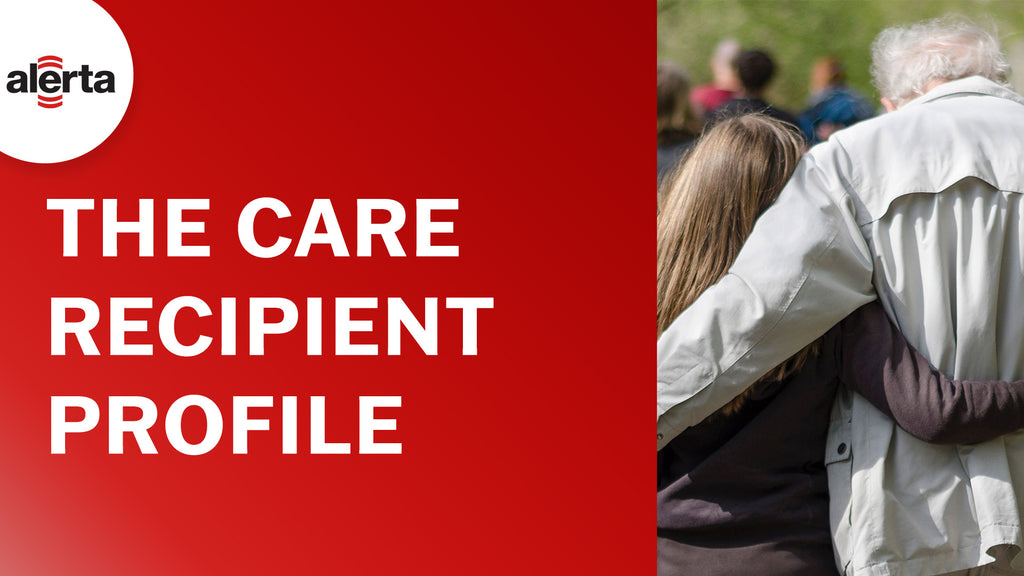The care recipient is the center of our healthcare industry, which in the US is valued at over $3.5 trillion—and, this figure does not include the value of unpaid family caregiving, estimated to be $0.5 trillion.

For the family caregiver, the care recipient is typically an elderly person, and the growth in this population is one of the drivers of the growth of family caregiving situations. Along with the proliferation of debilitating health conditions, the demands of care recipients will grow at an unprecedented rate in the years to come.

People are living longer, due to advances in medicine, technology, and nutrition, coupled with baby boomers coming of age. The number of people over 65 years is projected to be 73 million in 2030, nearly three times the number in 1980.

In ten years, more than one in five people is expected to be over the age of 65, including over nine million people over the age of 85 years (compared to two million in 1980). The Census Bureau predicts that seniors will outnumber children (those under 18 years old) by 2035

Of people 65 years or older, more than 85% suffer from one chronic disease, while nearly 60% suffer from two chronic diseases. The risk of chronic disease affliction has recently increased, due to the rise in obesity.

Common chronic conditions include heart disease, cancer, chronic bronchitis or emphysema, stroke, Alzheimer’s disease, and diabetes; these are all leading causes of elderly death.
In US family caregiving situations, three out of five care recipients are women, who tend to outlive men. The care recipient is 69 years old on average (median age of 72 years) and needs help with one to two “activities of daily living;” these include getting-in and -out of bed, getting dressed, moving from room-to-room, or bathing. The average number of higher level tasks, such as transportation, shopping, housekeeping, food preparation, or managing finances, with which a care recipient needs assistance ranges from four to five.
Performing these tasks requires on average of 23 hours per week of unpaid family caregiving, with a median of ten hours. Where care recipients live with a family caregiver in the caregiver’s home, the reported average care hours is 37 per week, compared to roughly 15 per week, when the two are not collocated. An estimated 40% of care recipients live in the caregiver’s home, a recent upward trend, while nearly the same number live in the care recipient’s home with the family caregiver. Only about a quarter of care recipients live alone; less than 5% live in some form of group quarters.
On average, family caregiving last 4.5 years, however the number of cases lasting five years is on the rise.
These data tell us that the need for family caregiving will only continue to grow, as the number of elderly people grows, coupled with the rise in health disorders. More importantly, this growth is rapid—the rate is historically high. The future care recipient quality of life will indicate how effectively we respond to it.

